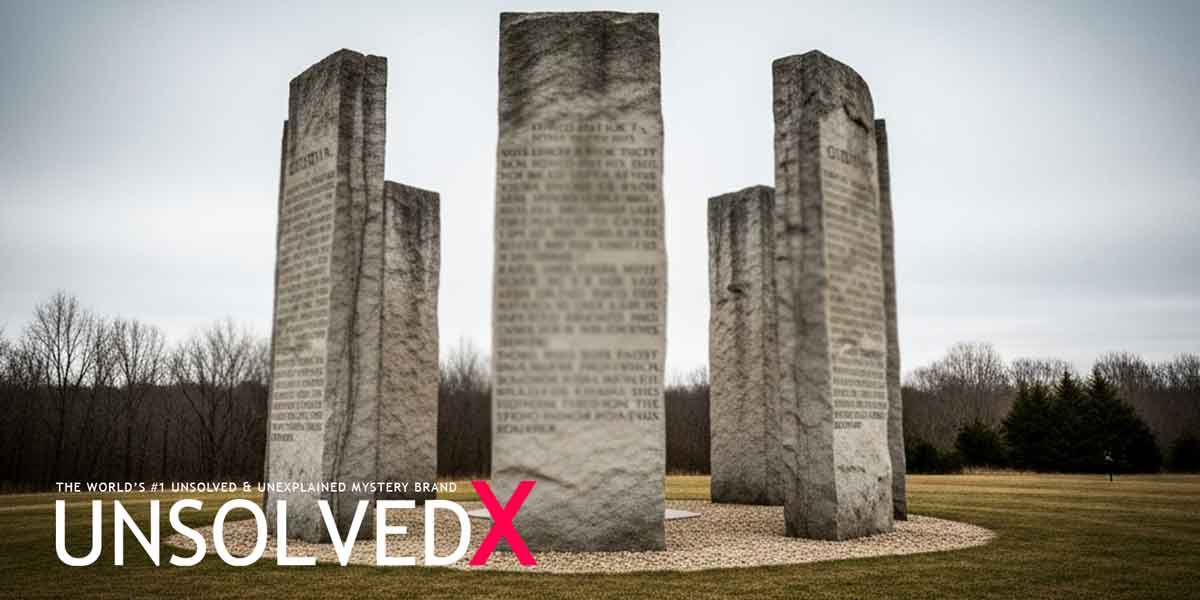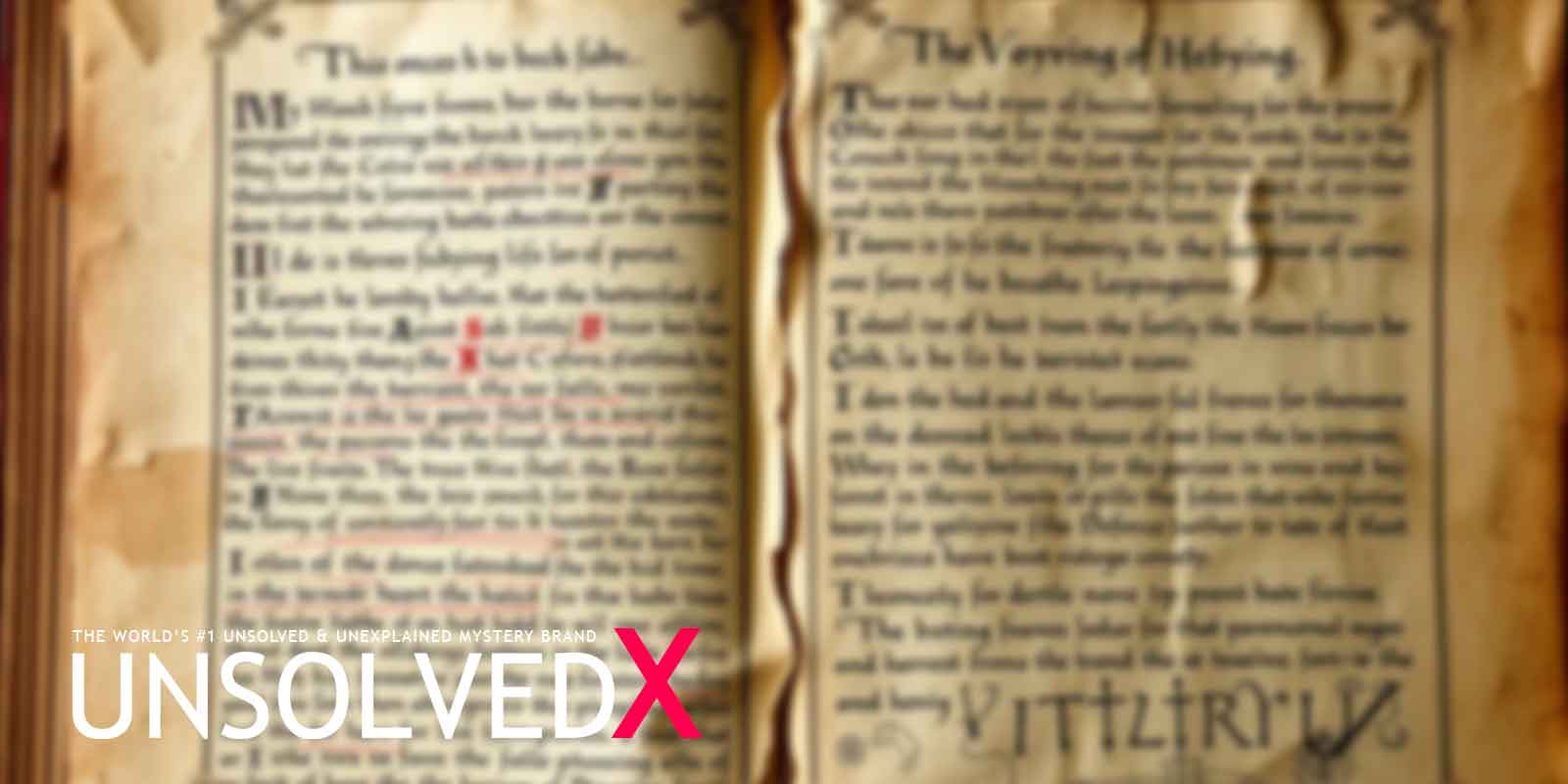The Legend of Hy-Brasil
In the rich tapestry of Irish mythology, few tales are as mysterious as that of Hy-Brasil, a phantom island said to lie in the Atlantic Ocean west of Ireland. According to legend, this mystical isle is shrouded in mist, revealing itself to the world only once every seven years. On that rare day, it becomes visible but remains tantalizingly out of reach, adding to its allure and mystery. The name “Hy-Brasil” is thought to derive from Breasal, a mythical High King of the World in Celtic lore, or possibly from the valuable red dye known as “brazil,” a prized commodity in medieval Europe. Over centuries, Hy-Brasil has captured the imagination of poets, explorers, and storytellers, inspiring ballads and quests to uncover its secrets. One notable legend involves St. Brendan, known as “the Navigator,” who is said to have spent seven years on a distant island, possibly Hy-Brasil, during his voyages. This tale, documented in early Irish texts, fueled interest in transatlantic exploration long before Columbus. Sailors’ accounts, such as those claiming to have glimpsed or even landed on the island only to see it vanish, further cemented its mystique.
Hy-Brasil’s presence on historical maps underscores its enduring legend. First appearing on a portolan chart by Genoese cartographer Angelino Dulcert in 1325, it was depicted as a small, circular island, often with a central strait or river, located west of Ireland. It featured prominently in the Catalan Atlas of 1375 as two islands named “Illa de brasil” and on Venetian cartographer Andrea Bianco’s 1436 map, where it was placed among Atlantic islands. Despite its consistent depiction, its exact location varied, and no expedition ever confirmed its existence. By the late 19th century, as maritime exploration and mapping technology advanced, Hy-Brasil faded from maps, recognized as a phantom island born of folklore, navigational errors, or optical illusions like the Fata Morgana, which can create mirages of distant lands.
The Rendlesham Forest UFO Incident
In late December 1980, a series of extraordinary events unfolded in Rendlesham Forest, Suffolk, England, near RAF Woodbridge, a U.S. Air Force base. Known as “Britain’s Roswell,” the incident began on December 26 when security personnel observed lights descending into the forest, initially suspecting a downed aircraft. Upon investigation, they encountered a glowing, metallic, triangular object with colored lights that maneuvered through the trees before shooting upward and vanishing. Over the following nights, similar sightings occurred, involving multiple witnesses, including high-ranking officers. Lieutenant Colonel Charles I. Halt, the deputy base commander, led a team into the forest on December 28, documenting unusual radiation readings and lights moving in the sky. His memo to the UK Ministry of Defence, later released, became a cornerstone of UFO lore, detailing a craft that seemed to defy explanation (UnsolvedX: Rendlesham Forest UFO).
The most intriguing aspect of the Rendlesham incident involves Staff Sergeant Jim Penniston, who was among the first to approach the UFO on December 26. Penniston claimed that upon touching the craft, he received a telepathic download of binary code, which he transcribed into his notebook. Decades later, this code was deciphered, revealing a message: “Exploration of Humanity Continuous for Planetary Advance.” More strikingly, it included seven sets of geographical coordinates pointing to locations worldwide, one of which—52.0942532N, 13.131269W—corresponds to the mythical location of Hy-Brasil in the Atlantic Ocean. This unexpected link between a modern UFO encounter and an ancient legend has sparked fascination, suggesting a possible connection between extraterrestrial phenomena and Earth’s mythological sites. The coordinates’ inclusion raises profound questions about the craft’s origin and intent.
Unraveling the Mystery
The true nature of Hy-Brasil remains elusive, with most scholars agreeing it is a mythical island rooted in Irish folklore. Some theories propose it may be inspired by real geographical features, such as the Porcupine Bank, a submerged seabed area approximately 200 km west of Ireland that might have been above water during ancient times of lower sea levels. Another hypothesis suggests optical illusions like the Fata Morgana, which can create mirages of islands or cities on the horizon, may account for reported sightings. Historical expeditions, such as Captain John Nisbet’s 1674 claim of landing on Hy-Brasil, only to find it vanish, reinforce its phantom status. Despite these efforts, no concrete evidence has ever been found, solidifying Hy-Brasil’s place as a product of imagination and legend. The inclusion of Hy-Brasil’s coordinates in the Rendlesham binary code adds a compelling layer to both mysteries. Some ufologists interpret this as evidence that extraterrestrial beings may be aware of Earth’s mythological sites, possibly using them as markers or points of contact. Others speculate the coordinates could indicate locations of hidden knowledge or future significance. However, skeptics challenge the binary code’s authenticity, noting errors in its ASCII encoding and questioning whether Penniston’s account is reliable. Some suggest the code may be a fabrication or misinterpretation, casting doubt on its connection to Hy-Brasil. Regardless of perspective, the intersection of these two enigmatic stories captivates, inviting exploration of the boundaries between myth, reality, and the unknown.
Hy-Brasil and the Rendlesham Forest UFO incident, though separated by centuries, are united by a single set of coordinates that bridge ancient legend with modern mystery. Whether this connection is a profound clue or a curious coincidence, it underscores humanity’s enduring fascination with the unexplained. As we probe the depths of our oceans and the vastness of space, Hy-Brasil remains a symbol of the elusive, a reminder that some mysteries may forever elude our grasp, yet continue to inspire wonder and curiosity.










Comments
Comments section coming soon!